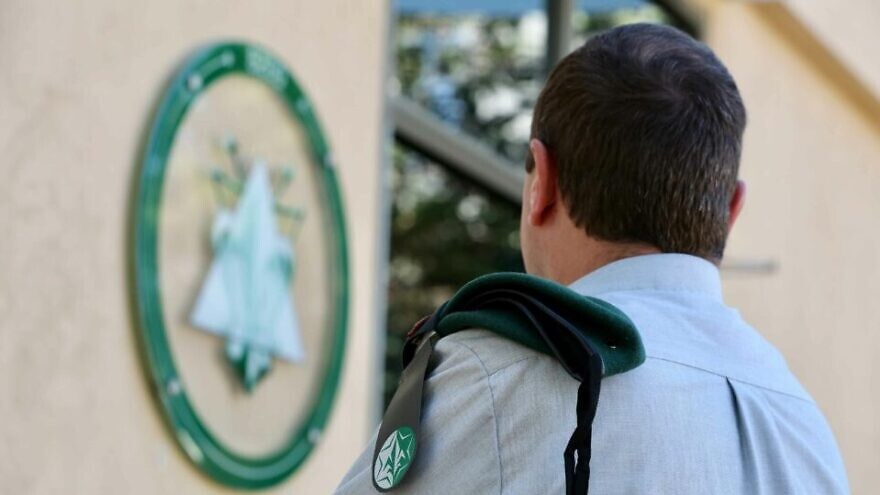The technological breakthroughs and intelligence superiority of the Israel Defense Force’s Unit 8200 position it, and Israel, as a world leader, at the same level as the United States, Russia, or China. However, the public is virtually unaware of all this; by its very nature, 8200 mostly operates in the shadows. When it makes headlines, it’s usually in a less-than-positive context, one that focuses on the typical profile of the soldiers who serve in it, or on the enormous salaries its veterans earn when they enter the world of high-tech. Very little is said about the unit’s real work, or how important that work is to Israel.
In an exclusive interview Col. Y, deputy commander of the unit’s digital operations, reveals that the unit has made a breakthrough in its ability to identify targets automatically, which he says will constitute a dramatic blow to the enemy’s abilities in any future war. He also shares details about how Israel is handling Iran and Hezbollah, saying, “There is no technological-intelligence problem that does not have a solution.”
According to Y, 8200 has undergone dramatic changes in the past few decades. He points to four main reasons: The first has to do with the “red” side—the enemy.
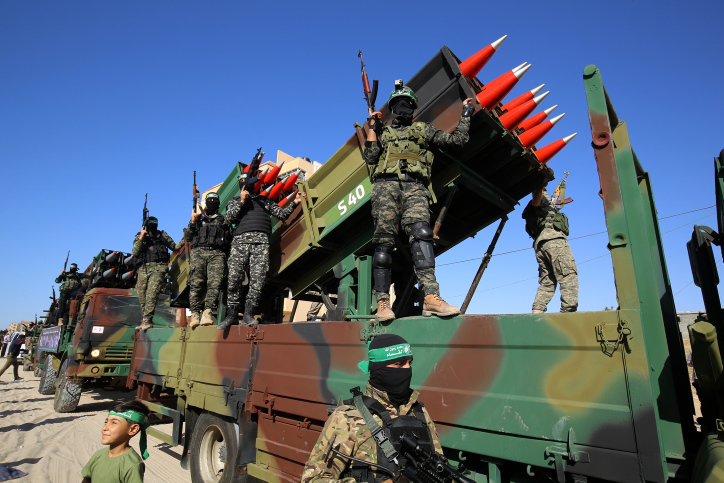
The second reason stems from the “blue” side—Israel.
“The period between wars demands a completely different pace from the organization. We used to deal with warnings about a war, and a few times a year we’d have to provide backup for a special operation. Today we take offensive action nearly every day. The issue of partnering on operations is also different. In the past, 8200 served only the strategic echelon. The first time I arrived at a field command center, I was already a seasoned major. Today, our intelligence serves the field. I’m friends with battalion commanders, and cooperate closely with them,” he says.
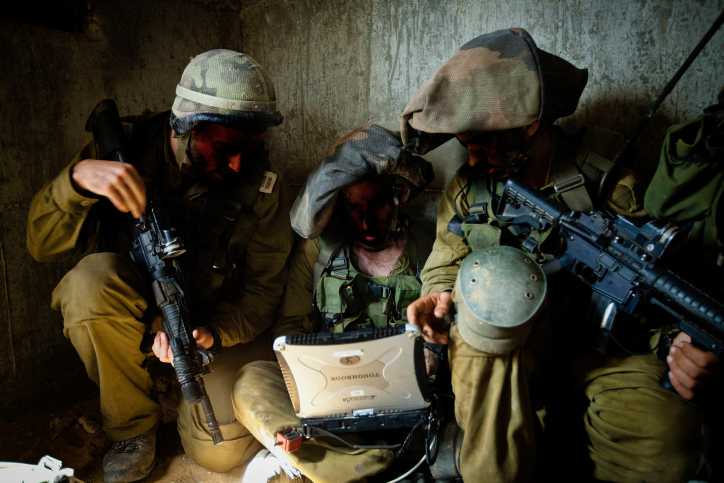
The third reason is technological change.
“We started out by listening. Nasser and Hussein talked, and we’d listen to the conversation using some tool or other. Today it’s a completely different kind of intelligence. When I have access to your computer, I get things that you never planned to communicate to anyone else in the world. It’s a transition from passivity to activity, and that’s a totally different kind of intelligence. The amount of valuable intelligence in the world hasn’t changed, and secrets remain secret—but it’s now much more complicated to extract them,” he says.
The fourth reason is related to by whom and how intelligence is created.
“There aren’t any more new immigrants [to Israel] from Arab countries, or children of [those immigrants], who speak Arabic at home. Today, these are kids who are taken out of high school, who don’t know a word of Arabic or Farsi, and you teach them everything they know. We’ve also had to reorganize, become multidisciplinary, in order to better use the intelligence,” he explains.
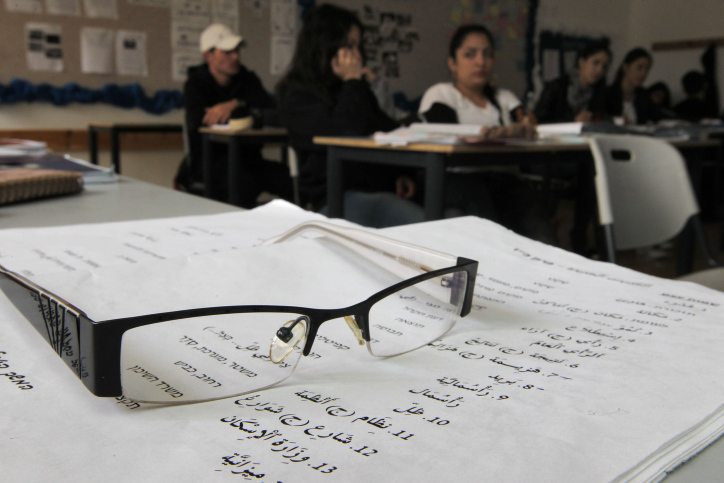
All these factors, he says, have led to a revolution within 8200. In the past, the unit was mainly focused on collecting intelligence. Today, it also deals with utilizing it. This is also how labor is divided between the unit’s two deputy commanders: Y deals with the intelligence his counterpart is tasked with collecting. An immense amount of information comes in daily from a variety of sources, and it all requires analysis and, most importantly, the ability to prioritize and triage.
“The technology of how to become a digital organization and how to correctly make the most of masses of data exists in the world. But I can’t go to Google or Facebook or Microsoft and take it from them, or bring in a company like McKinsey to help me do it right. In this world, every organization is on its own. We had to do everything alone,” he says.
On the whole, says Y, there’s no target that can’t be cracked.
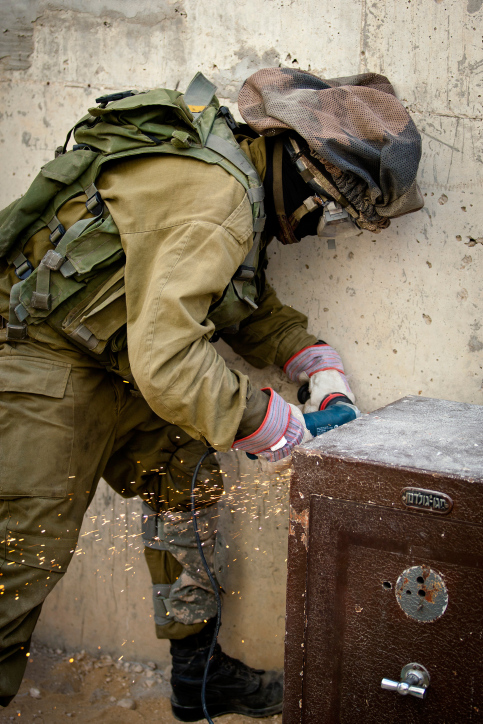
“In this world,” he explains, “the defender and the attacker have different missions.” The defender, he says, often needs to protect what is essentially a limitless space, while the attacker need only find one weak link.
“In my experience—and I have some perspective—the moment we’ve decided that a certain target was valuable enough, [cracking it] became feasible, even if it took a few years and huge amounts of IQ,” he says.
He warns, however, that for every action there is a reaction.
“It’s a crazy competition to learn. The enemy aren’t idiots. They see things. They ask questions. They want to understand how exactly we got to a certain place and managed to attack it. It’s a constant challenge that requires us to keep moving all the time. It’s a challenge that is becoming more complicated, because we used to talk about a ‘golden source’ or ‘golden’ piece of intelligence, and today we have a huge variety of sources. The key is to know how to make the most of them, work them, get something out of them,” he says.
The event that led to a dramatic change in the enemy’s understanding of Israel’s capabilities was the operation that snuck the Stuxnet malware into the computer system of Iran’s Natanz nuclear facility, interfering with its centrifuges.
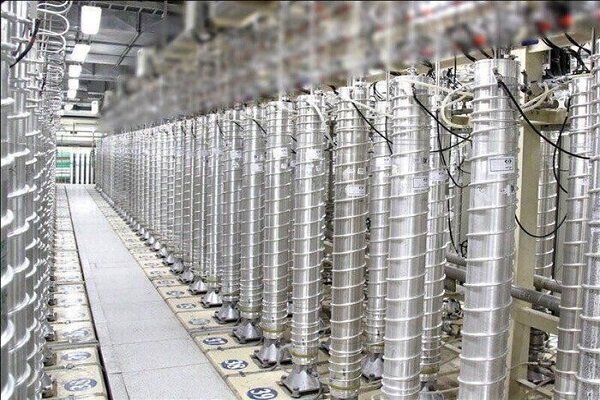
“That event, and especially after the Snowden incident,” says Y, referring to American whistleblower Edward Snowden, who leaked information on the NSA’s surveillance capabilities in 2013.
“The world has emerged from the cyber dark ages. Today, everyone knows everything. It requires us to improve. Happily, the technological vector leads to more platforms and more connections, which as far as we’re concerned are more potential springboards for attacks,” he says.
According to Y, however, 8200’s main asset is not its technology but its people.
“This organization’s biggest success is the quality of its people. This is very prominent when compared to our partners overseas. We can take any 18-year-old, put them through an intensive series of tests, make exact choices about who is most talented and brilliant, pay them a standard military salary of $300 a month, and assign them to cope with the most complicated cyber challenges and the most complicated intelligence questions, all in a dynamic environment and under commanders who give them a sense that they can do it. It all comes down to this. Ultimately, it’s the corporals and lieutenants who lead this organization,” he says.
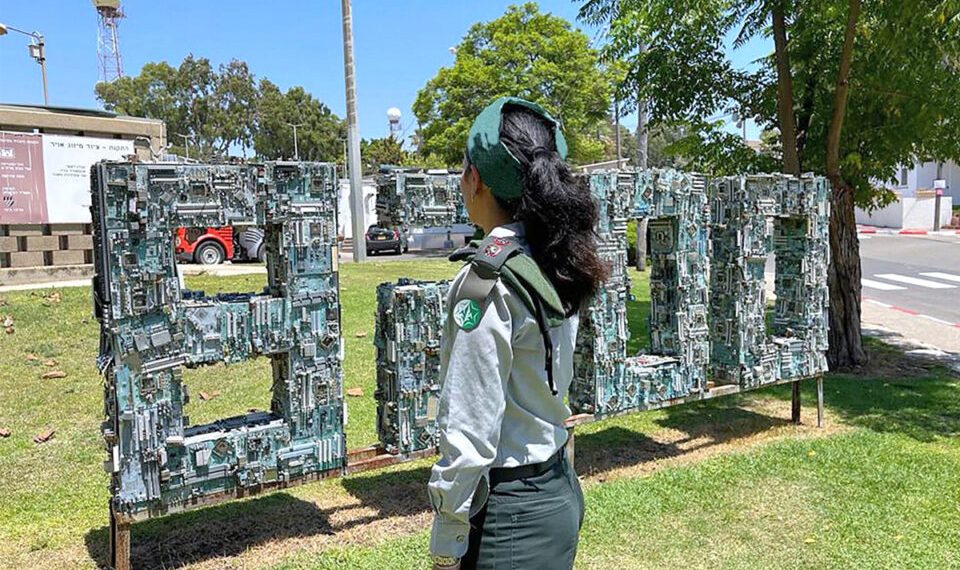
And it’s not only the IDF that thinks so: private-sector competition for veterans of the unit is fierce.
“The temptations and competition ‘outside’ are currently fantastic. People get offers that are several times more than what they make here,” he says.
However, he emphasizes, there’s more to the story than money.
“I stayed in the army for two main reasons: because it’s the most interesting thing I’ve done in my life, and because I’ve met the best, most talented people I’ve ever encountered here,” he says, adding, “People stay because it is meaningful.”
In addition, he notes, the unit offers young people the opportunity to take on management roles they could not hope for in the private market.
“A young guy can command hundreds of people here, with operational missions 24/7, with insane technology and challenges. This is what keeps people here.” he says.
Not that there is no oversight for the unit’s operations—far from it. Every mission 8200 carries out is approved by the topmost echelons of both the IDF and the government, says Y. In that respect, he notes, there is no difference between cyber and non-cyber military actions.
According to Y, during “Operation Guardian of the Walls” in May, the 11 days of fighting between Israel and terrorist groups in the Gaza Strip, an innovative new target-acquisition technology, called “Gospel,” was tested for the first time.
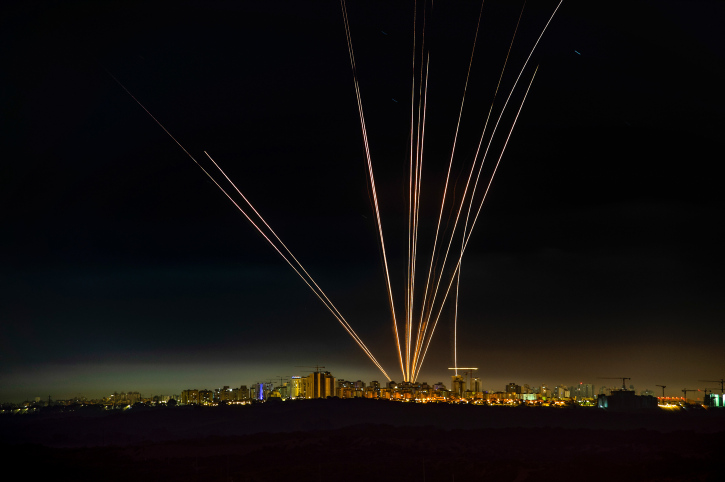
“Take, for example, a hole used to fire rockets,” he says (terrorist groups in the Strip often use concealed underground launch sites). “It’s not enough that I collect information from various sensors. I need to locate disturbances on the ground ahead of time. If someone is digging, moving dirt, maybe there’s a stretch of fabric covering it to hide the activity, or someone plants something, covers it and leaves,” he says.
So, he continues, “I operate a super-heavy algorithm about all the visible information collected by a variety of means—from satellites to [military observation posts]—locate the disturbance, find the cloth—which looks no different from any clothesline in Gaza—determine the number of days the digging took place, and integrate all this with intelligence from other sources and turn it into coordinates.”

Gospel, says Y, has only been in operation for a few months, but “we have a machine, we have a system, and it works.”
The system isn’t a “hermetic” solution to the rocket threat, “but I think that with the system we’ve developed, we can overcome this challenge,” he says.
Gospel, he says, automatically generates targeting coordinates.
“This doesn’t cancel the need to research targets, and it doesn’t eliminate the need for analysis, but the system provides recommendations. During ‘Guardian of the Walls’ the system alone created hundreds of new targets in only four days.”
The technology has applications further afield that Gaza, says Y, adding, “We try, for example, to map the Iranian presence in Syria.”
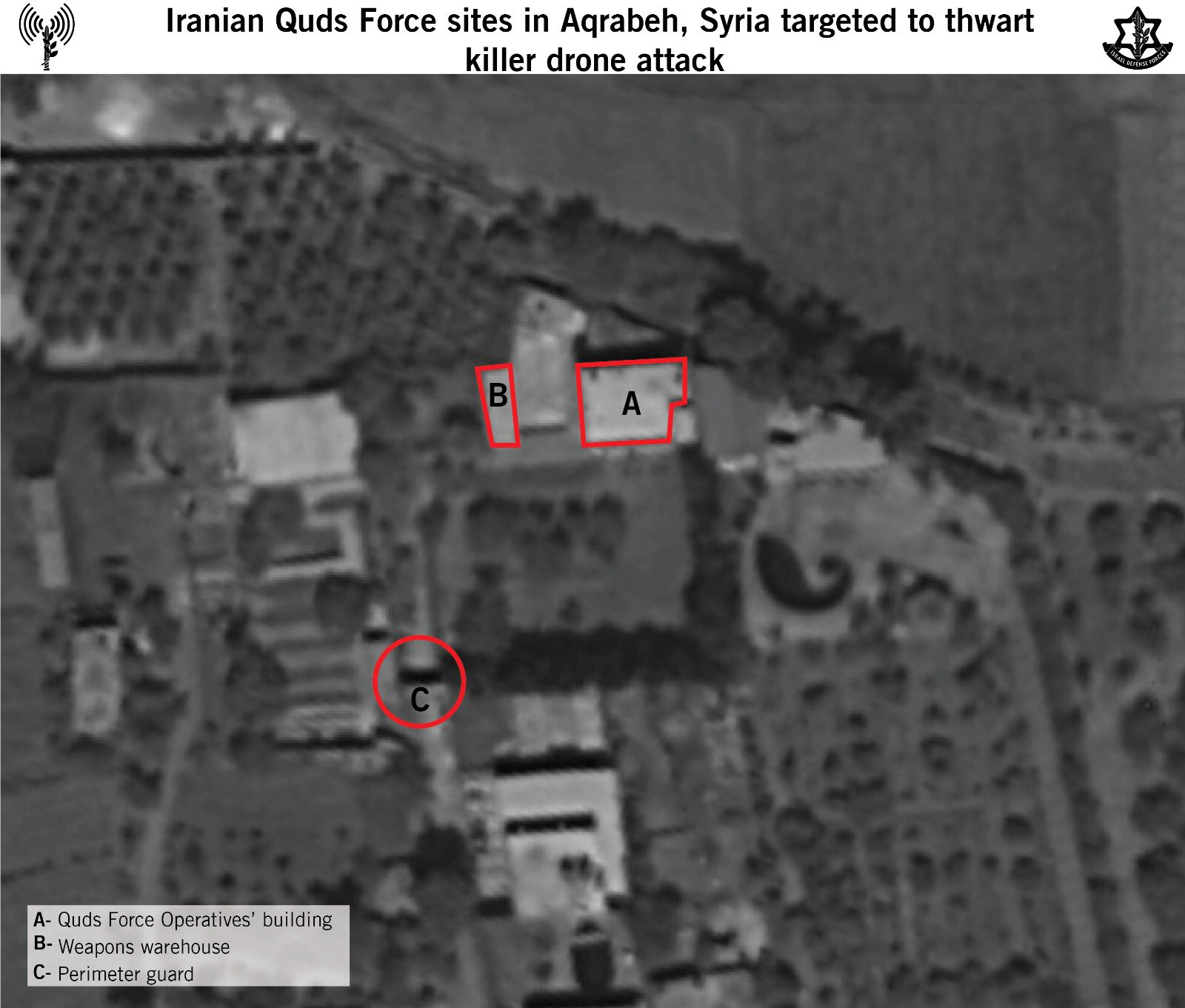
To accomplish that, he says, “we need to do ‘smart geography.’” In practice, this means employing an “endless” number of sensors to generate a “work surface” that can then serve as a base for researchers, who can use it to pinpoint what Y calls “the Iranians’ points of equilibrium.”
“The Iranian operation in Syria is super secret. Everything is secret, encoded. They understand that they are under attack and are doing everything to conceal themselves. Still, we are managing to put together a pretty decent puzzle. These are things we couldn’t have done in the past,” he says.
Another aspect of this effort, Y explains, is the ability to automatically and accurately translate large volumes of information.
“In the past, even if you’d given me another 1,000 soldiers who speak multiple languages, it couldn’t have been done. Today, I can activate smart logics, like speech-to-text, and extract what is most valuable from the millions of items that I collect, and send just these along to my people. It’s phenomenal,” says Y.
These translation programs, Y emphasizes, are not the ones most people are familiar with.
“That’s exactly the difference between us and civilians … we need to know how to aim precisely based on all these raw materials, and we can’t make mistakes because they are a basis for decision making. There could be a specific section of one conversation out of millions that, if I don’t locate, will be swallowed up by the information we have here. We can’t miss anything,” he says.
Despite all the advances, however, plenty of problems remain unsolved.
For example, Y says that “during ‘Operation Guardian of the Walls,’ it was important to the government to locate and kill Hamas [military commander] Mohammed Deif and [the organization’s head in Gaza] Yahya Sinwar. 8200 played a major part in that challenge, but could not make a breakthrough.”
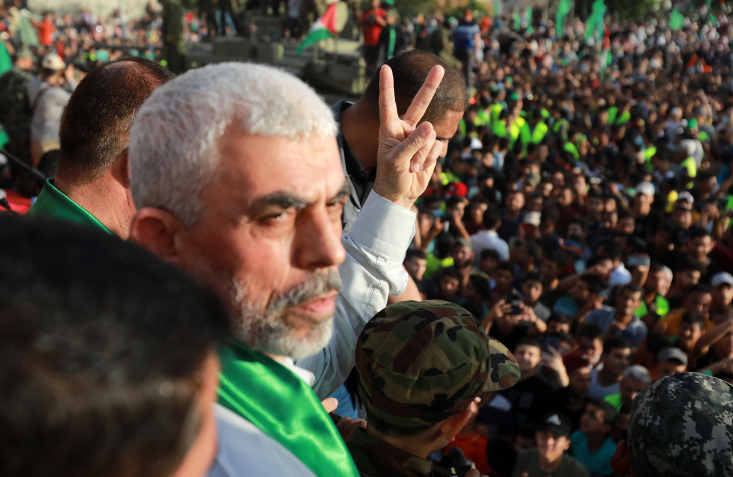
He reiterates, however, that “given the right investment of energy and resources, there is no target that cannot be cracked. Period.”
In general, he says, Israel had “unprecedented” intelligence superiority during the 11 days of fighting in May.
“Most militaries in the world would die for the level and depth of knowledge the IDF has about our enemies,” he says.
If the average citizen knew what he knew, said Y in conclusion, “they’d feel boundless pride. Really, really proud. There are young people here with fantastic responsibility and endless commitment, who are doing things that are insane. This place is a national treasure.”
This is an edited version of an article that first appeared in Israel Hayom.


























